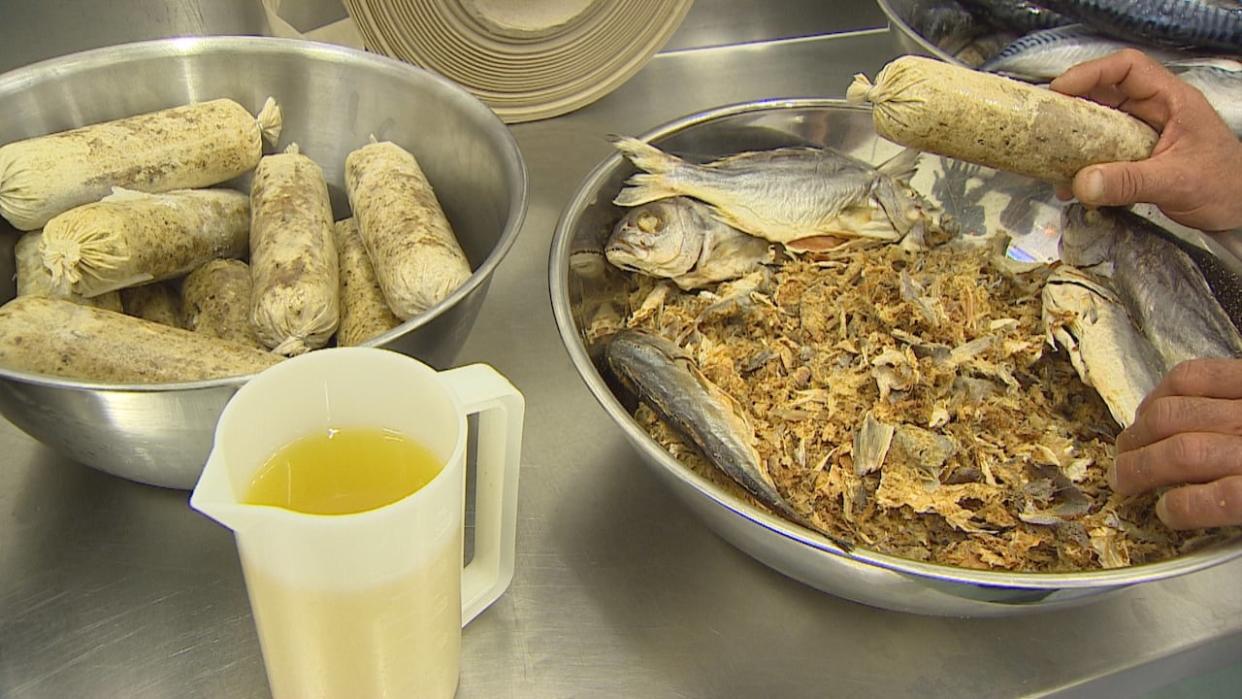'Unique mix' gathers to solve lobster bait problem

Following the closure of mackerel and herring fisheries, P.E.I. lobster fishermen have been struggling to find an alternative bait that is affordable.
This week in Charlottetown a diverse group of players in the industry came together to discuss solutions.
"We've brought together government, we've brought together buyers, we've brought together harvesters," said Ian MacPherson, executive director of the P.E.I. Fishermen's Association.
"It's a unique mix and a lot of different perspectives but some great information coming out of it."

Getting different perspectives on the problem is important, says Ian MacPherson. (Laura Meader/CBC)
Concerns about mackerel and herring stocks date back at least as far as 2020. And then, in 2022, Fisheries and Oceans Canada shut down commercial harvesting of herring in the Gulf of St. Lawrence and the mackerel fishery all around the East Coast.
Bait has always been a major expense for fishermen. With the closure of those fisheries, and the loss of the ability of fishermen to catch their own bait, it has become that much more expensive.
On top of the expense, is ensuring that any alternative bait actually will draw lobsters into the traps.
"We have such a short season," said MacPherson.
"If you're trying something new you want to be able to make sure that it works."

Importing bait could bring new trouble, says marine biologist Melanie Giffin. (Laura Meader/CBC)
And further, solutions that involve bringing in bait from outside the region have other complications.
"There's some species that could be brought in that have pathogens, so we need to protect our Canadian waters, and make sure that what's coming in is safe," said Melanie Giffin, marine biologist with the P.E.I. Fishermen's Association.
Potential solutions, apart from something outside the region, include other species — the reopening of redfish stocks could bring possibilities — or manufactured baits. Those have been explored by local companies.
Turning to other species raises the question of whether that could run down the size of those stocks, said Giffin.
For all of those reasons, that's why it's so important to bring together everyone to explore every aspect of the problem.
There are about 100 people attending the conference, with about 40 more attending virtually.
The goal of the conference is for all partners coming out of it to have concrete tasks assigned to them, with the ultimate goal of improving the bait situation for fishermen.


